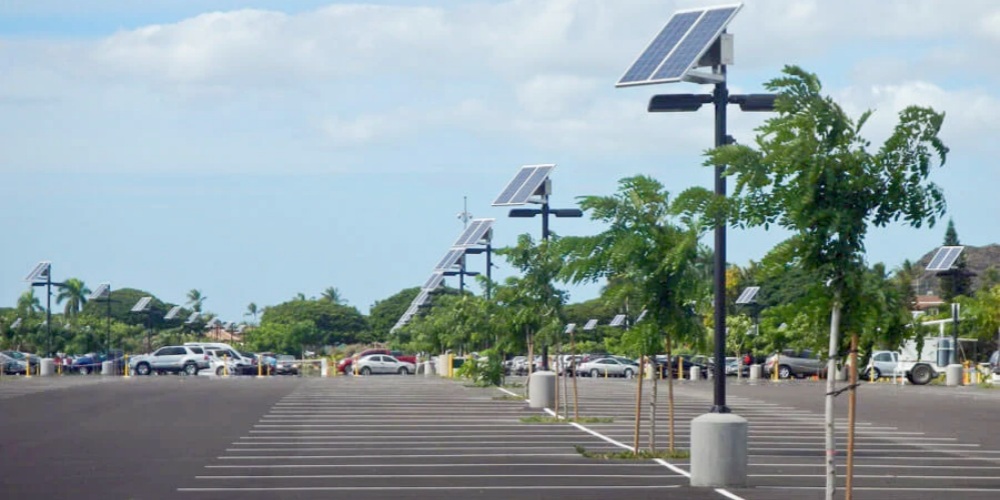In today’s modern world, where reliable and uninterrupted power supply is crucial, diesel generators have emerged as popular choices for various industries and applications. With an array of options available, including 2400KW Diesel Generator Set, 3000KVA mtu Diesel Generator, 2640KW Standby Rental of Generator, and 3300KVA Standby Diesel Generator Set 50HZ, these powerful machines offer a dependable source of electricity when you need it the most.
2400KW Diesel Generator Set:
When you require a substantial power output, the 2400KW Diesel Generator Set has got you covered. It ensures a robust and reliable performance, making it suitable for heavy-duty applications such as mining, construction, or large-scale manufacturing operations. With its fuel-efficient diesel engine, this generator set provides a cost-effective solution to meet your power demands.
3000KVA mtu Diesel Generator:
If you’re seeking a generator with exceptional power capacity, look no further than the 3000KVA mtu Diesel Generator. With its cutting-edge technology and rugged build, this generator offers a seamless power supply even in extreme conditions. Whether it’s powering a hospital, data center, or industrial plant, the 3000KVA mtu Diesel Generator guarantees uninterrupted electricity and peace of mind.
2640KW Standby Rental of Generator:
Temporary power requirements often arise during events, construction projects, or emergencies. The 2640KW Standby Rental of Generator is the ideal solution in such situations. Its compact and portable design allows for easy transportation and installation, ensuring a quick power setup wherever you need it. With its high standby capacity, this rental generator provides a reliable backup option when grid power is unavailable.
3300KVA Standby Diesel Generator Set 50HZ:
For critical power needs, the 3300KVA Standby Diesel Generator Set 50HZ offers unparalleled reliability. This generator set is designed for applications where a continuous and stable power supply is essential, such as hospitals, data centers, or large commercial establishments. With its diesel engine’s durability and advanced control systems, this standby generator guarantees seamless operation and protects your valuable equipment from power fluctuations.
Electric Generator With Diesel Engine:
Combining the versatility of electricity generation with the efficiency of a diesel engine, the Electric Generator with Diesel Engine is a versatile power solution. Whether you need backup power for your home, office, or small-scale industrial requirements, this generator offers a compact and fuel-efficient option. Its user-friendly features and low maintenance make it an excellent choice for intermittent or standby power needs.
Diesel Generator Set:
In general, diesel generator sets act as reliable power backup solutions, ensuring uninterrupted power supply for various applications. From small-scale residential usage to large-scale commercial requirements, a diesel generator set provides flexibility, durability, and efficient energy conversion. With a wide range of power outputs and features available, it allows businesses and individuals to tailor their power solutions according to their specific needs.
In conclusion, diesel generators present an effective and reliable answer to your power requirements. Whether you opt for the 2400KW Diesel Generator Set, the 3000KVA mtu Diesel Generator, the 2640KW Standby Rental of Generator, the 3300KVA Standby Diesel Generator Set 50HZ, or the Electric Generator with Diesel Engine, you can rest assured that these robust machines will keep your operations running smoothly, even during critical power outages. Choose the power, capacity, and features that suit your needs best, and enjoy the peace of mind that comes with a dependable and constant source of electricity.



